We recently traveled from Zagreb to the northern part of Croatia’s Istria peninsula and visited some lesser-known cities. We visited Trsat, Rijeka, Lovran, and Opatija. This one-day trip was spectacular and was possible because we took a private tour with Zico tours.
Region of Trsat
Our first stop in Istria was in Trsat which is actually an area of the city Rijeka. People call it Trsat because the Trsat Castle resides there. The place where the thirteen-century Trsat Castle sits was in use as a fortress back in the Roman days. It sits at the top of a hill, so it was an easy place from which the Roman’s could control access to the sea. This location, on top of the hill, was the perfect place for the Frankopan family, thought to have made their money as pirates, build their castle.
During the 17th century, the castle fell into decay due to threats from Venice and the Ottoman Empire. An earthquake in 1750 made things worse. Completely renovated in the nineteenth century, the Trsat Castle is a picturesque place with the best views of Rijeka. The courtyard of the castle is now a restaurant. We enjoyed a beautiful summer morning in the lovely courtyard while having cappuccinos with our fantastic Zico tours guide, Dijana, and our driver.
We also visited the Shrine of Our Lady of Trsat. Legend has it that Mary’s house in Nazareth was moved here by the crusaders to protect it from destruction. Then later the house disappears only to be discovered later in Loreto, Italy where it stands as a shrine today. The church was rebuilt in the same location, near Trsat, in the thirteen hundreds by the Frankopans. Today, the Shrine of Our Lady of Trsat is the oldest sanctuary dedicated to the Virgin Mary in Croatia.
A separate chapel from the church contains hundreds of gifts from people healed at this shrine. This includes canes and crutches from those who no longer needed them.
Rijeka, Croatia’s Largest Port
Just before lunchtime, we arrived in Rijeka, the third-largest city in Croatia and Croatia’s largest seaport. The bustling city is a blend of contrasts. On the one hand you have the gritty 20th-century port, and on the other hand, the city center is home to lovely ornate Austro-Hungarian–style buildings. Rijeka is not full of tourists everywhere you look so it is a more authentic Croatian seaport city than Dubrovnik or Split.
Rijeka is a city where you can mingle with locals on Rijeka’s busy promenade, Korzo Street. There are many places to shop and eat on Korzo Street. The street is visually appealing, lined with the 19th century, grand neoclassical designed buildings. Although it sits on the Adriatic, Rijeka’s city center does not feel like a seaside town.
Half-way along Korzo, you’ll come to the mustard yellow baroque City Tower. The City Tower is possibly the city’s most iconic building. The front of the tower graced with a stone relief of Rijeka’s double-headed eagle coat of arms is grand. On the coat of arms, the eagle is holding an overflowing urn in its talons. According to our guide, the coat of arms was supposed to signify that the city will always be loyal to the Austrian emperor. The clock above the crest has been there, unchanged, since the seventeenth century.
The oldest piece of heritage on the streets of Rijeka is a Roman arch. The arch incorporated into the sides of two buildings now crosses a pedestrian street.
Lunch By the Sea
Next, we ate lunch at a charming place along the water not far from the ships, cranes and cargo containers lining the waterfront. Rijeka is a working town of Istria, and our guide suggested we walk to this nondescript restaurant along the water for great food and a glass of wine. We were not disappointed.
Istria Medieval City of Lovran
After lunch, we visited another city in Istria, called Lovran. Lovran is a medieval city and possibly one of the earliest settlements in this region. A gate set in the former defensive wall of this city leads to narrow stepped passages which in turn lead to the church square, and what is affectionately known as old town Lovran. This charming town with brightly colored houses, adorned with flowered balconies is peaceful.
The gothic church of St George renovated in the seventeenth century still retains its frescoes painted between 1470-1480. Opposite the church is a porch from the early 18th century home embellished with an amusing carved wooden head of a man with a beard and mustache. Our guide called him, mustache man. Of Course, my thought was that maybe there was a barbershop located here in the 18th century? In actuality, it was the home of a famous carpenter of the time. Legend has it that the reason for decorating house fronts with ornamental elements was to protect the family that lived there from evil forces.
People Live in this Medieval City
There is an urban concept in old town Lovran, so people are still living in the medieval city core. A network of narrow streets with small, simple homes of no particular style adorn the area. Some have small inner courtyards and covered arches. Also, there are charming passageways under some homes that lead you to a different street in the town.
Seaside Town of Opatija
Next up was Opatija. Opatija is a picturesque seaside town, rich in history and often called the pearl of the Adriatic. It has been welcoming visitors for more than 170 years in Istria. Most noteworthy, this city is home to the first hotel built on the Adriatic coast. And, Opatija with its mild climate, lovely architecture, and lush, well-tended parks and promenades, offers picturesque views. There are beautiful fountains and countless hundred-year-old villas in Opatija.
If you love architecture, we saw buildings or villas in the Renaissance, Venetian, Gothic, Ornate Secession, Baroque, and Classicism style. During the rule of the Austro-Hungarian Empire, Opatija was the place to see and be seen. She was the elegant grand dame of Croatian tourist destinations. Also, by the early nineteen hundreds, Opatija was one of Europe’s most fashionable seaside destinations where nobles and aristocrats could savor in moments of peace far from their courts and day to day politics.
The first thing you must do is take a walk on the famous 7.4 mile Opatija promenade. As you walk along the promenade, you can see the luxurious villas and their beautiful architecture. Towards the end is the lovely symbol of Opatija, the Maiden with Seagull.
Opatija Walk of Fame
It is not only Hollywood that has a “Walk of Fame,” Opatija does too. Thus, walking along this Croatian Walk of Fame you can see tributes to all the people whose work in scientific, cultural, art, and sports contributing to making Croatia what it is today. The one name we knew for sure was Nicola Tesla.
Love the Many Parks of Opatija
Opatija has numerous beautiful and well-maintained parks. Among the best known is the Park Angiolina from the second half of the 19th century. The park feels romantic with such things as the Swiss House and the Music Pavillon. Also, there is St James Park, that was awarded the most beautiful park several times and is within the historic protected part of the town. During our visit, Opatija was full of happy visitors both young and old enjoying ice cream and the magical view of the azure Adriatic sea. Opatija offers it all, gorgeous mountains, beautiful blue seas, green parks mixed with truly lovely ornate villas.
Still Recovering from a Bygone Era
There were some villas in obvious need of repair. Our guide told us that during the time Croatia was under a socialist government, everyone had to be equal. So, no one could live in a larger home than someone else. People who owned large villas or manors had to either invite locals to live with them or move out and let the government take over the property. Most owners fled the country leaving their homes and furnishings fearing that something more dreadful may lie ahead. In the post-Socialist era, the government offered to give the properties back to the owners or heirs.
In some cases, these homes need too much work, and the rightful owners feel it is too costly to restore them, so they don’t take them back. And in other cases, the government simply can’t find a rightful living owner or heir. Because of this, some homes are vacant.
For a One of a Kind Experience in Northern Croatia – Zico Tours
If visiting Croatia, make sure you experience more than just the big cities. A private tour like from Zico Tours is the perfect way to see and learn about these amazing cities in the Istria peninsula. There’s no need to rent a car and try and do it on your own. Don’t risk missing something spectacular or just snapping a picture of something and not understanding what it really is. A private tour is the best way to experience Croatia.
Check out our video tour of these great cities
Be sure and check out our other articles on Croatia such as Discovering my Ancestors in Croatia.
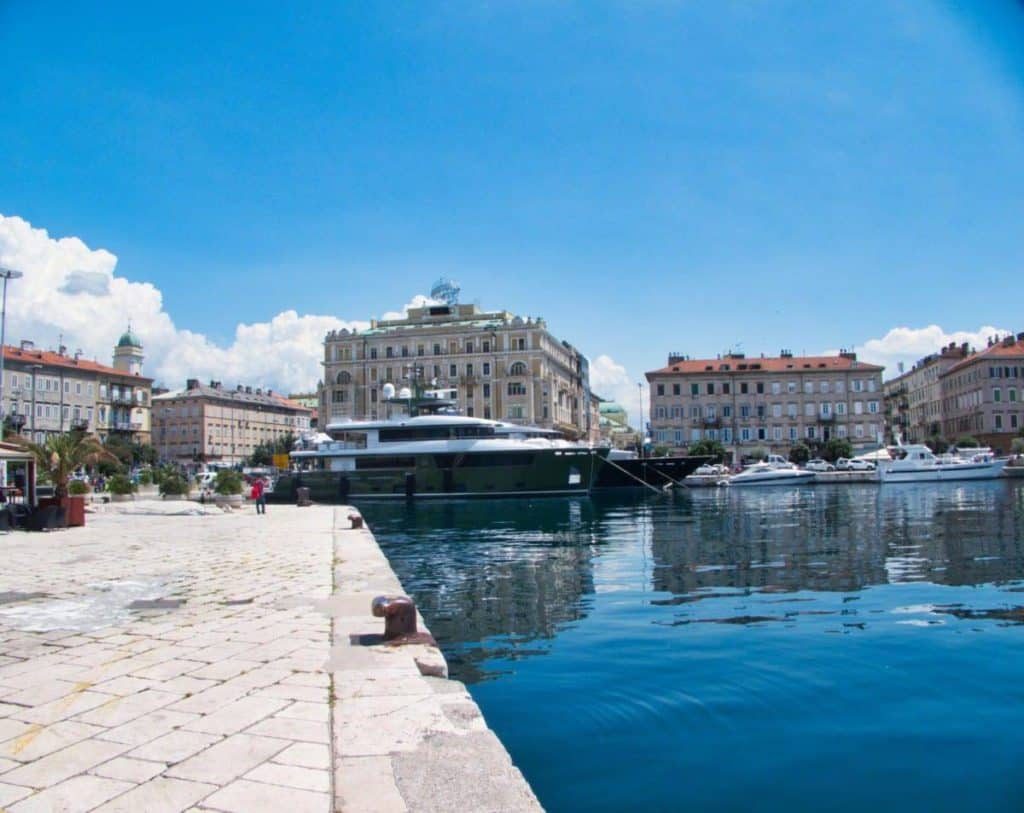
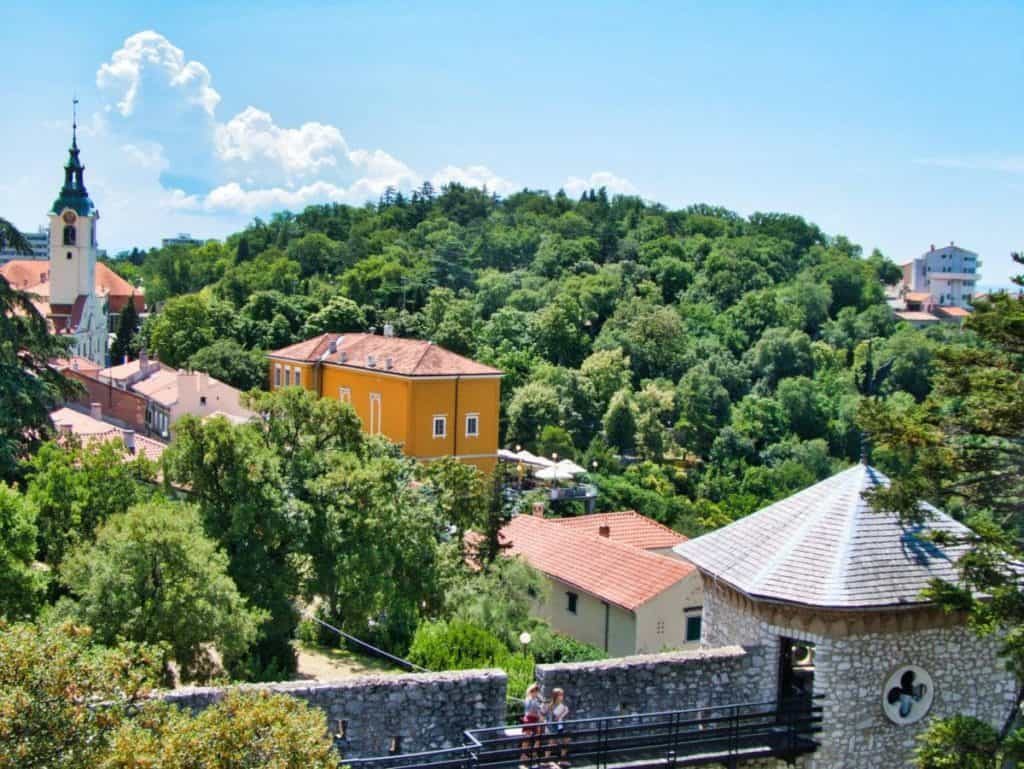
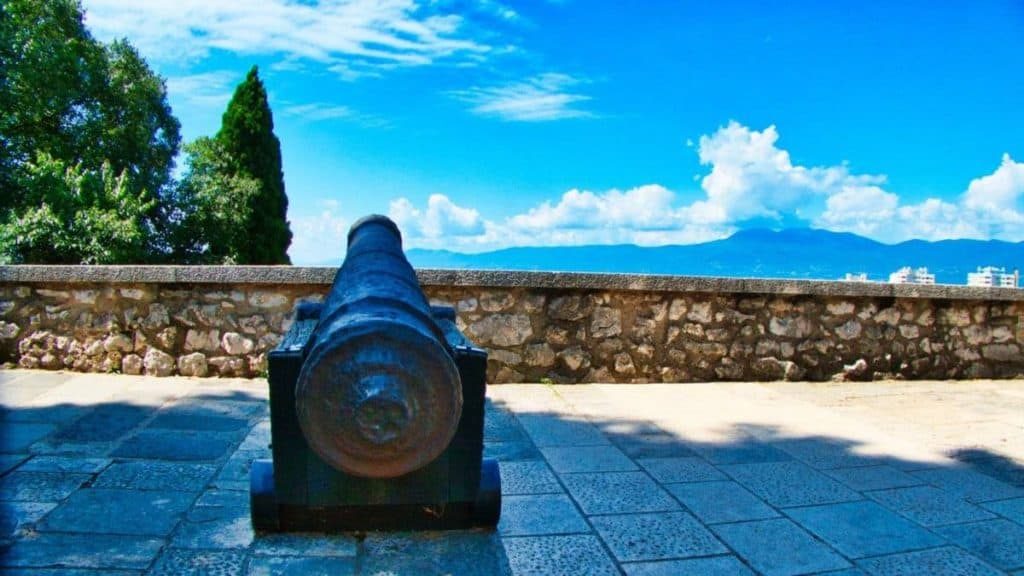
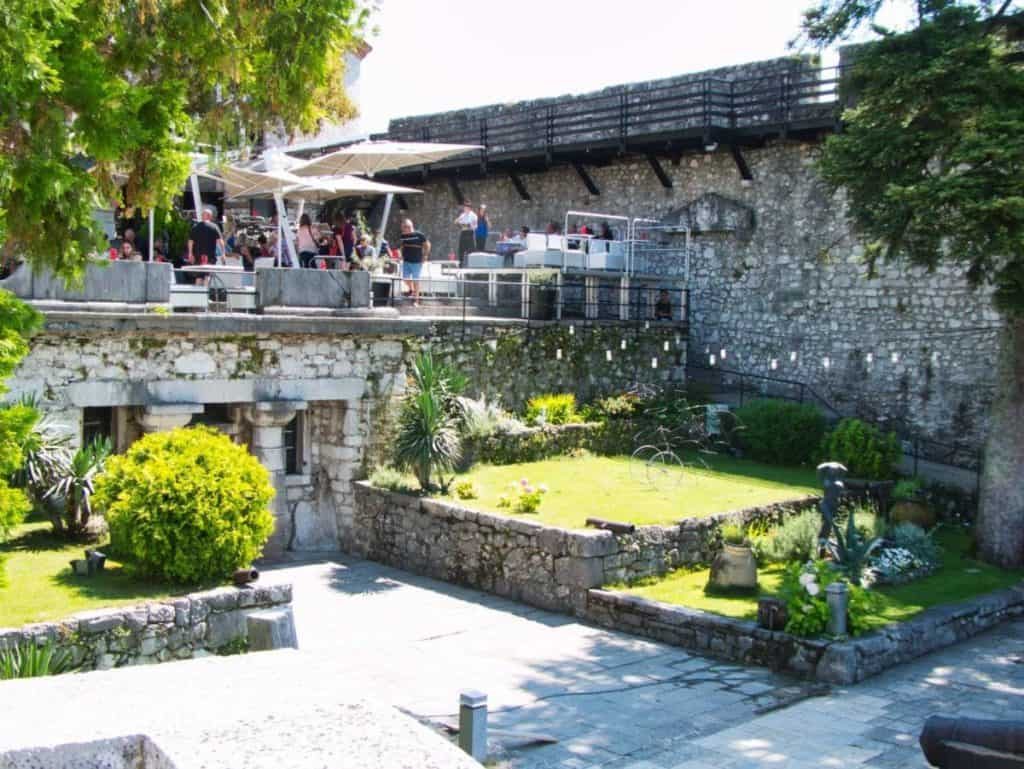
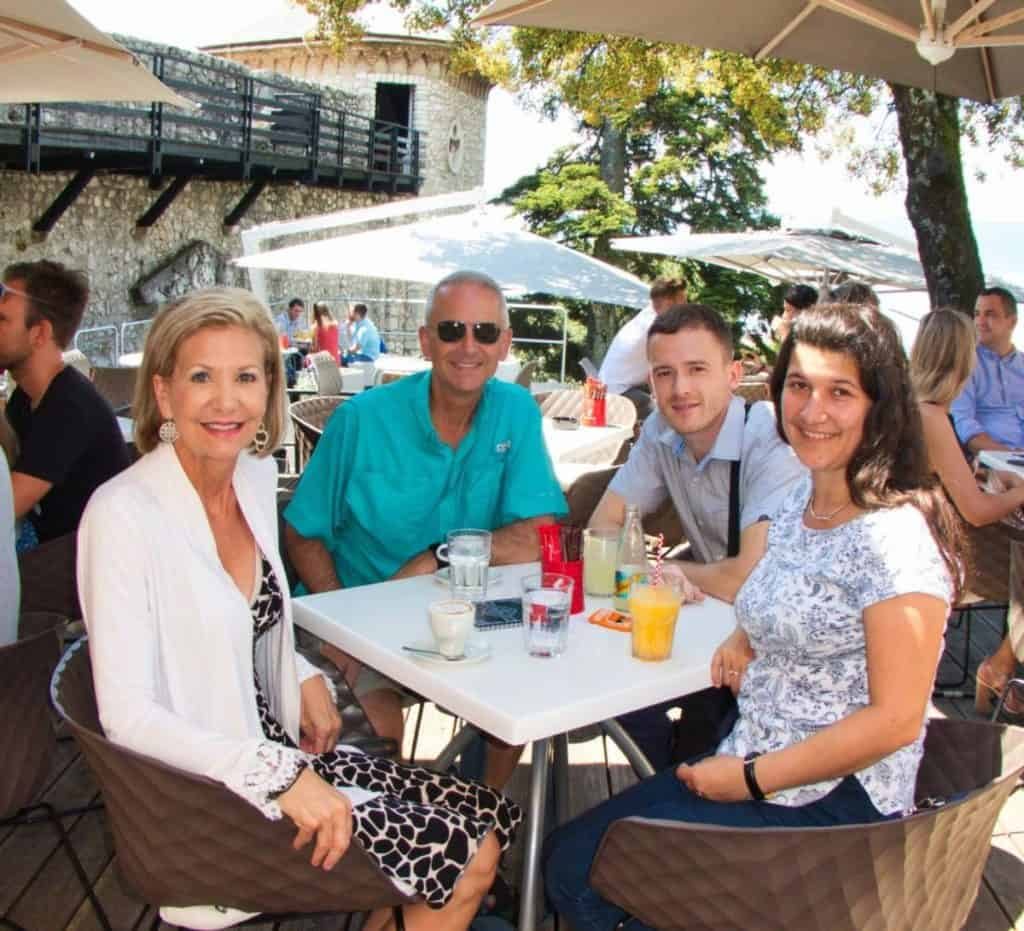
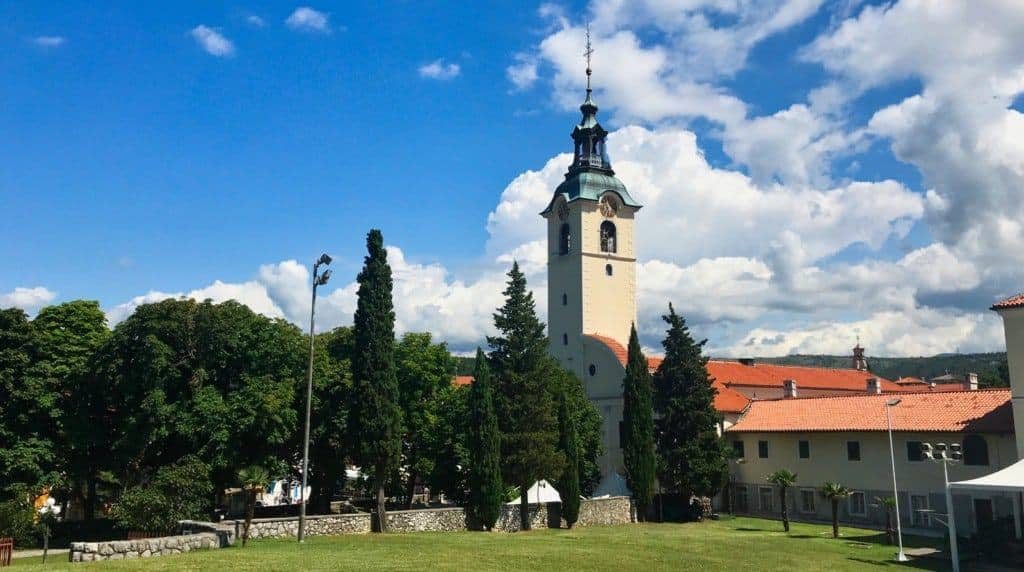
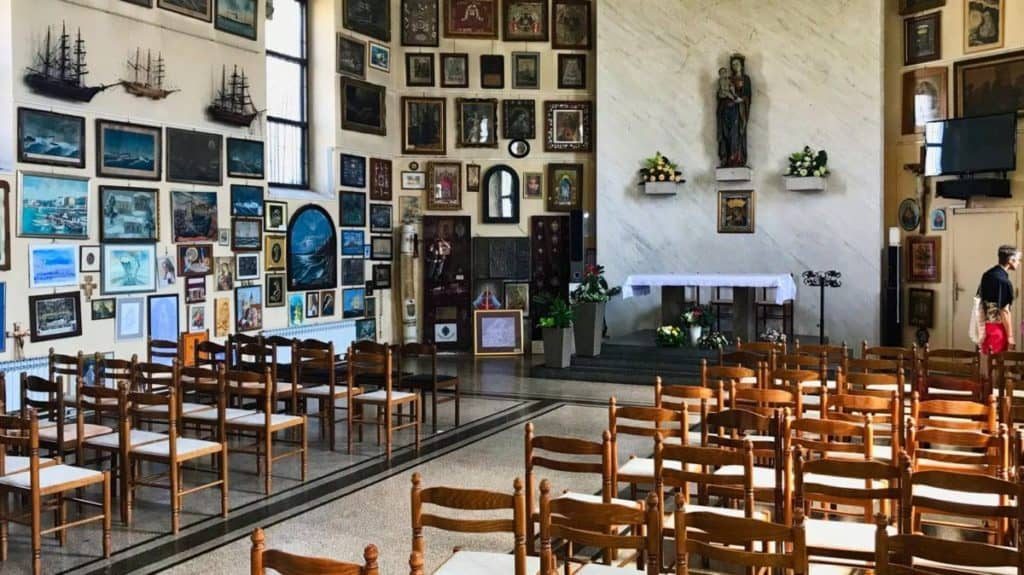
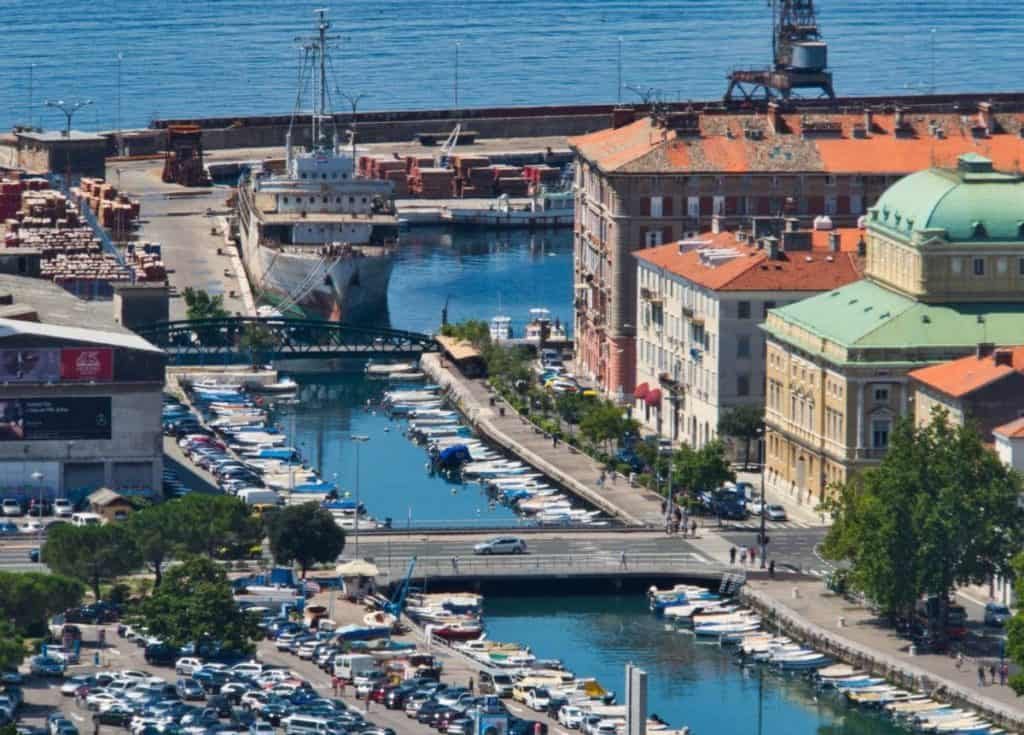
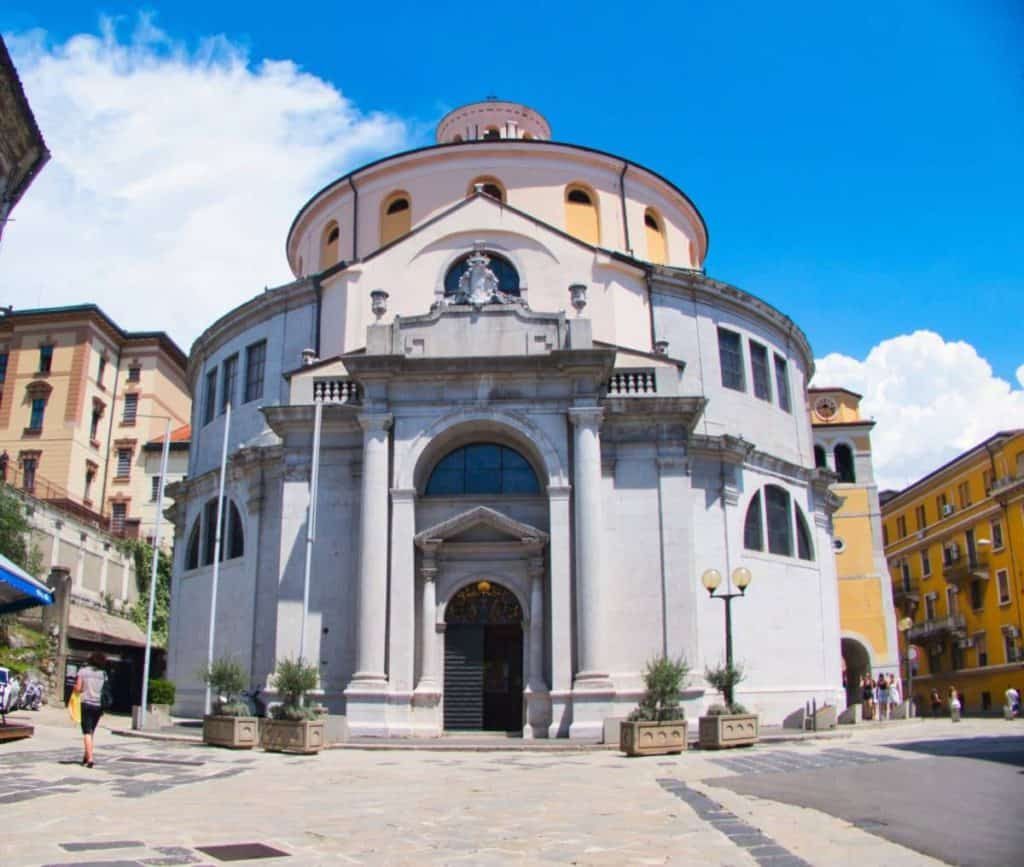
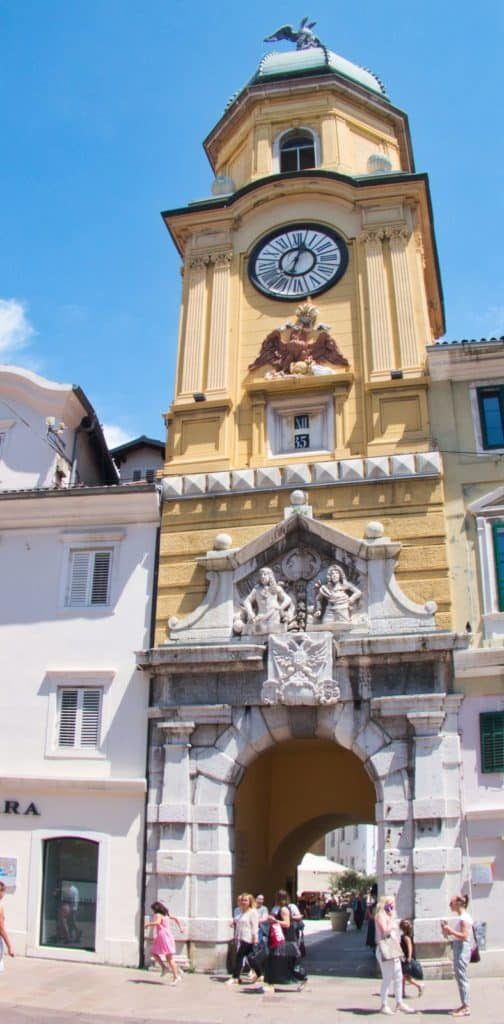
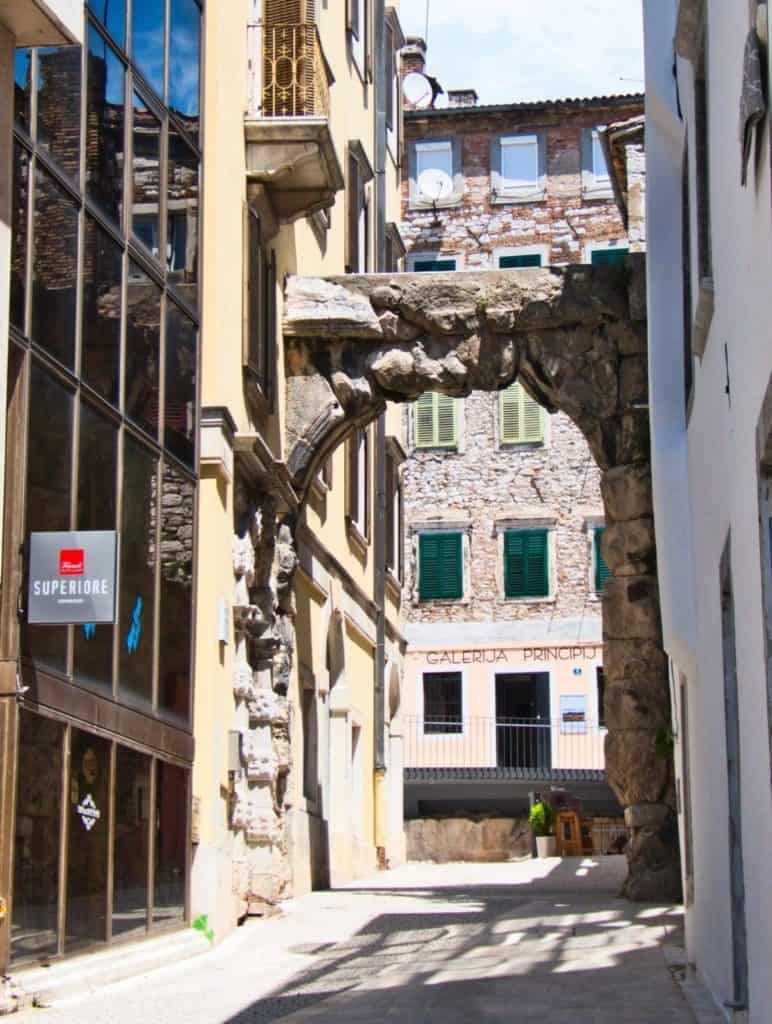


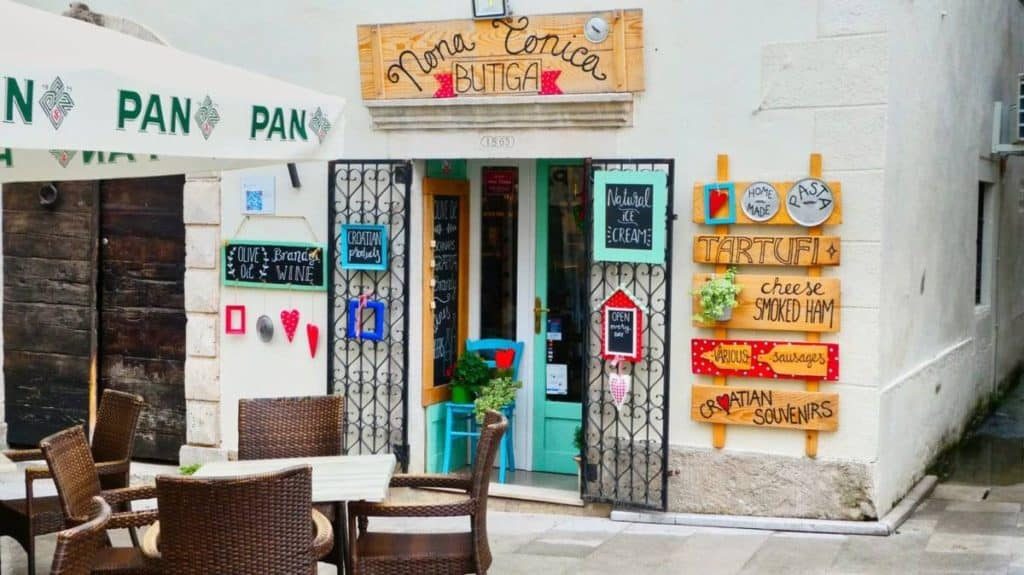
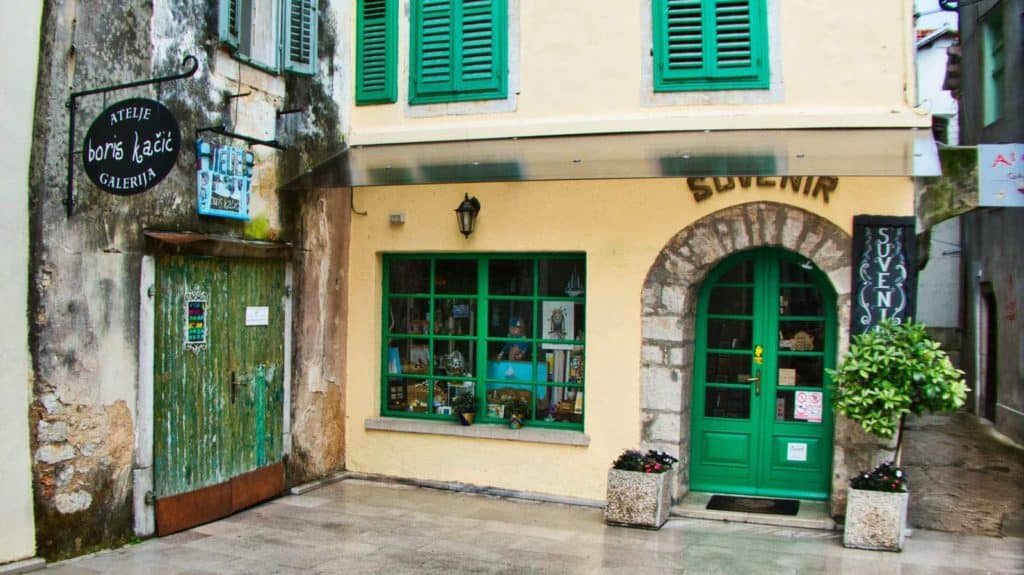
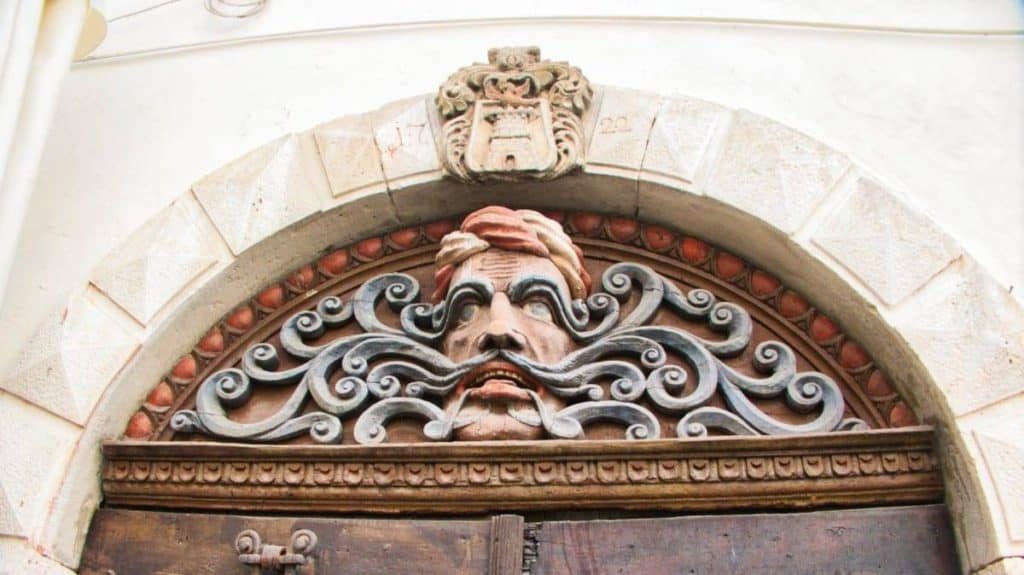
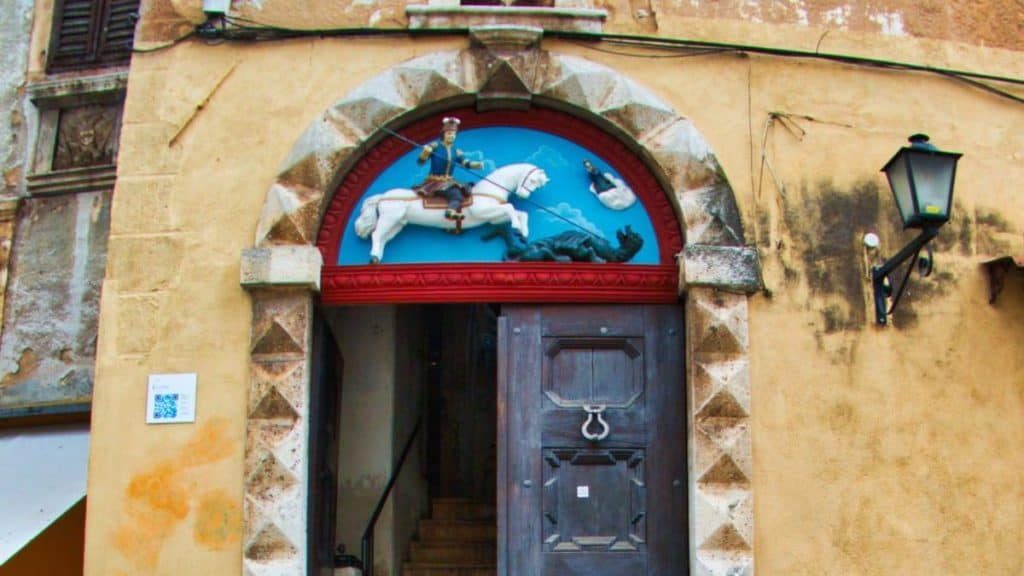
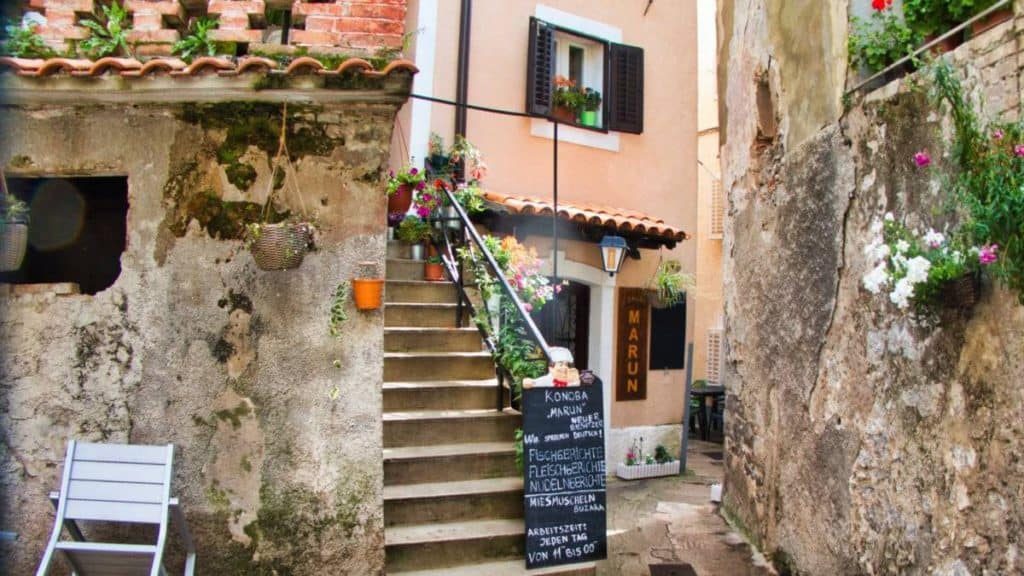
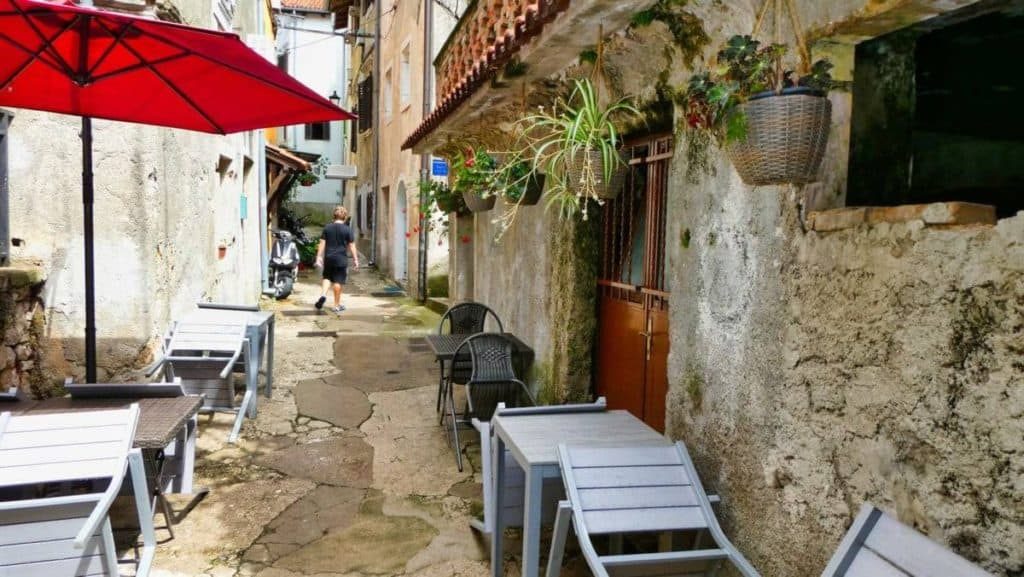
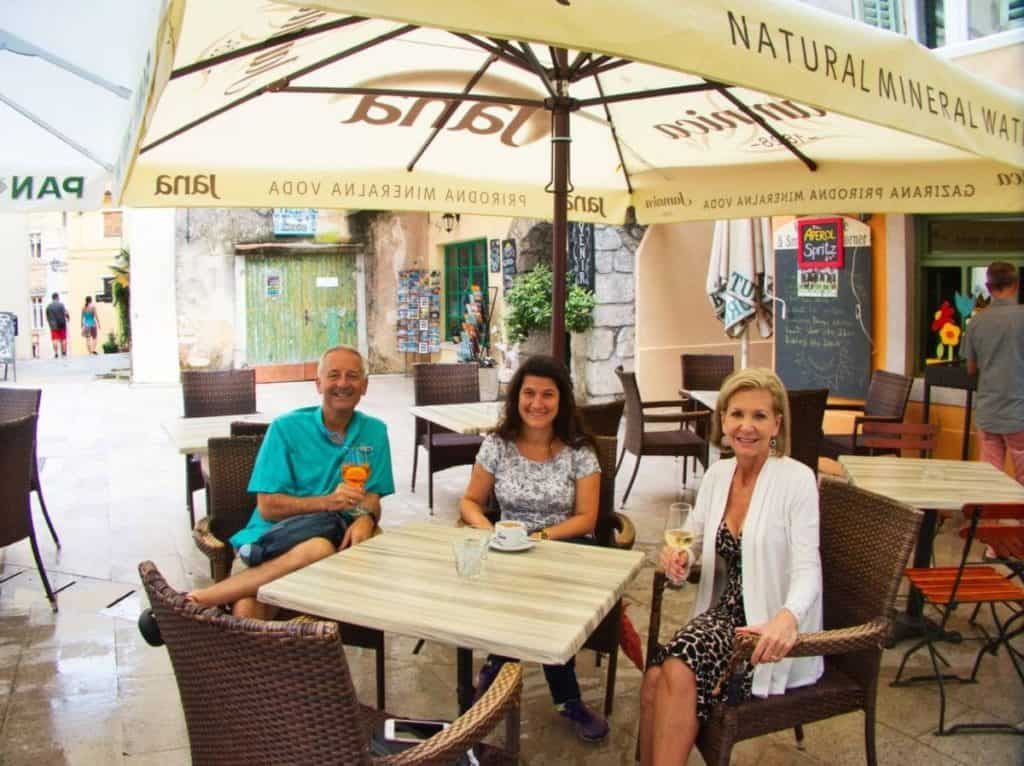
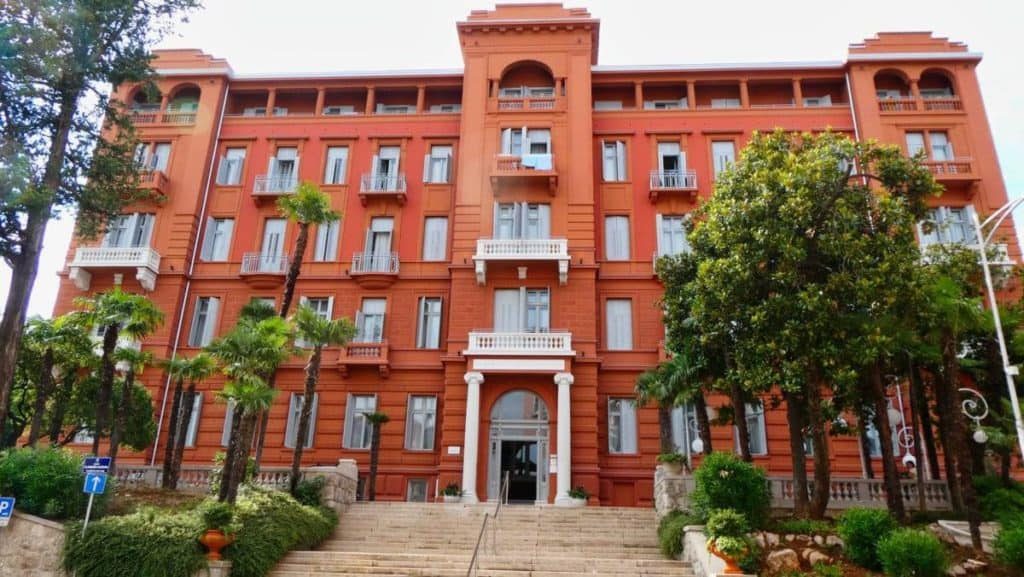
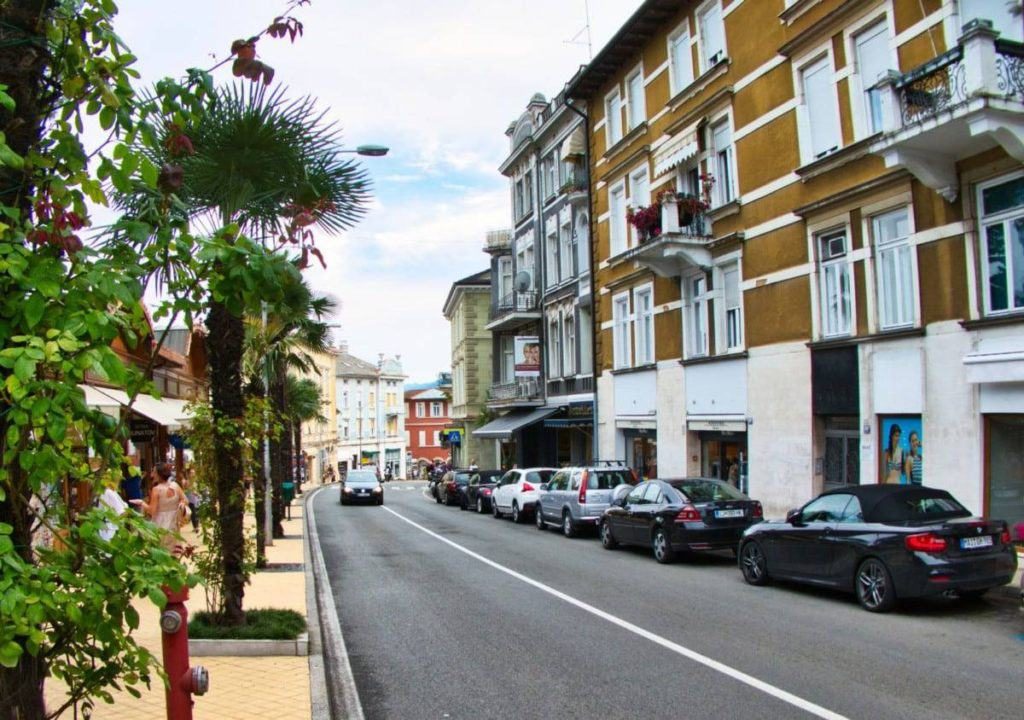
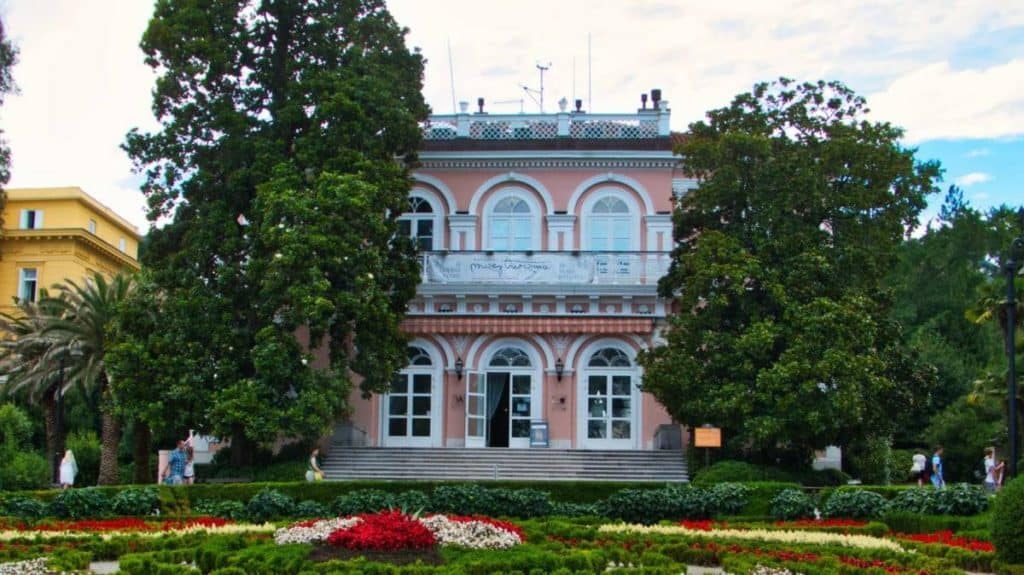
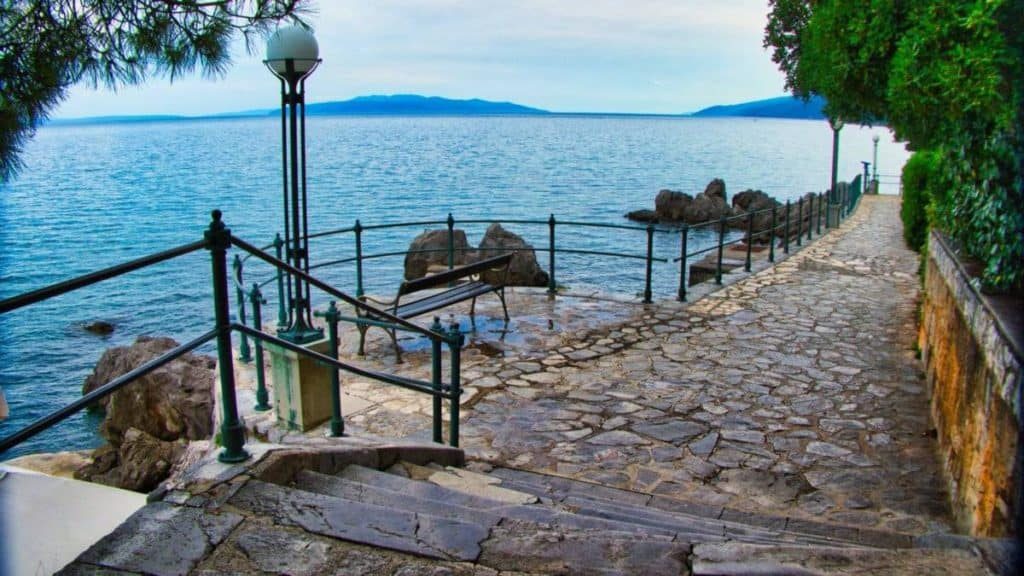
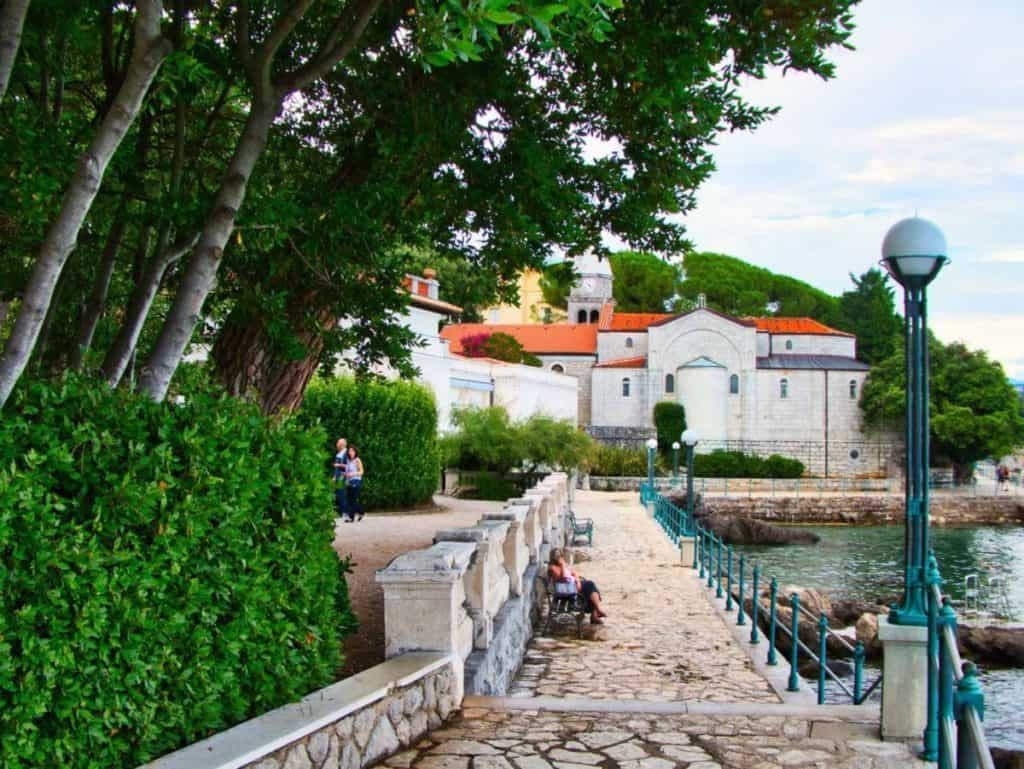
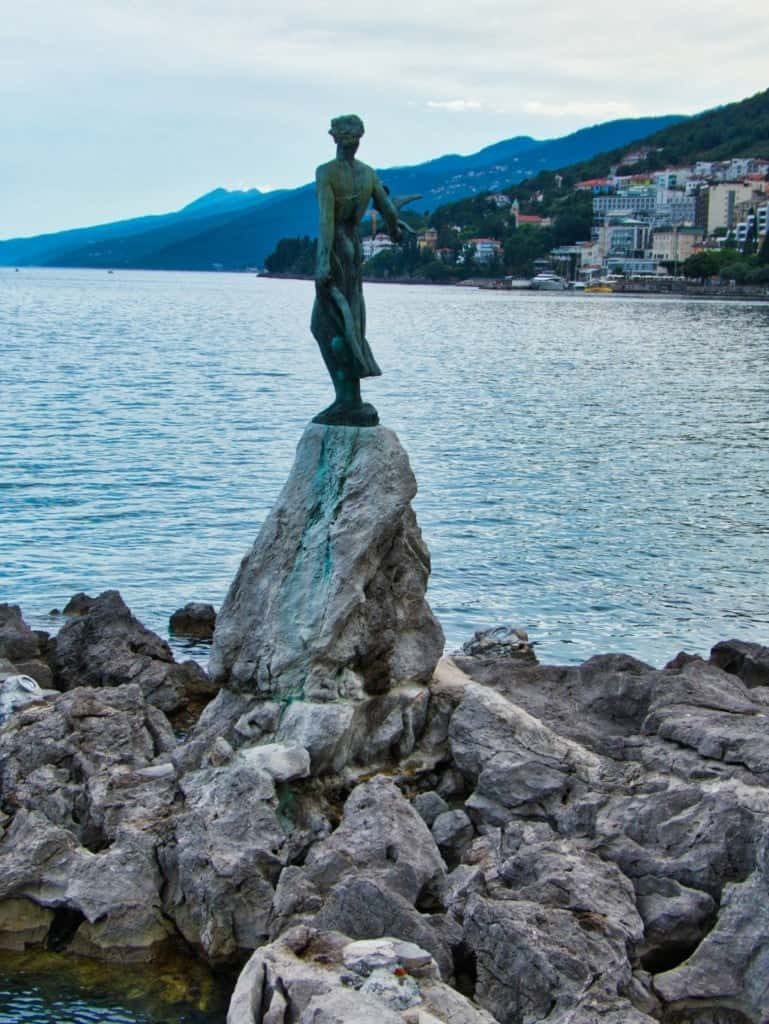
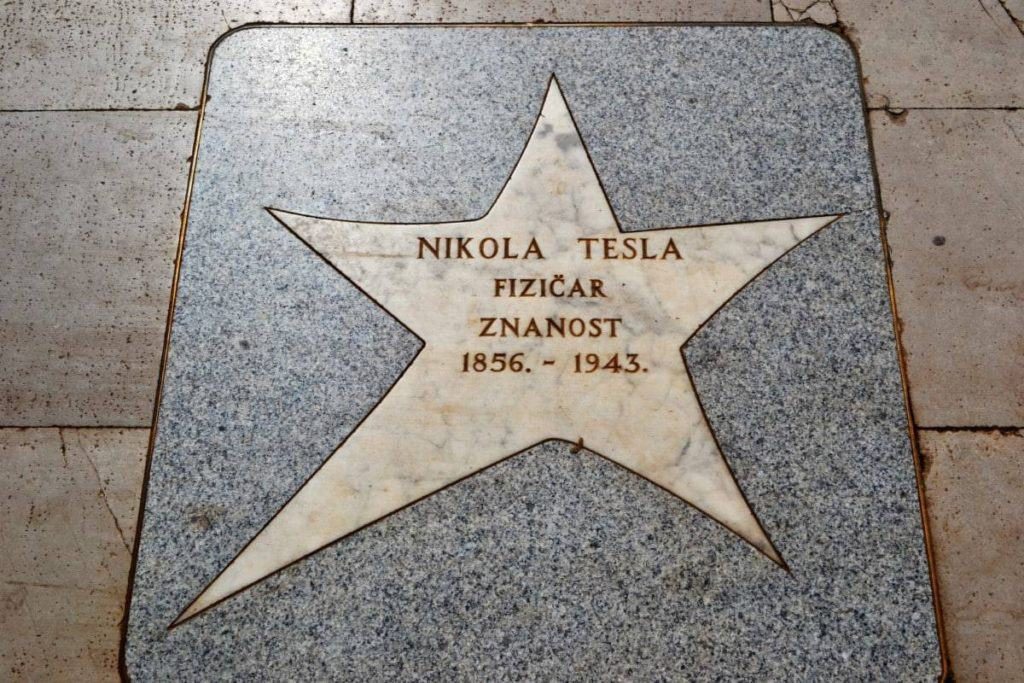
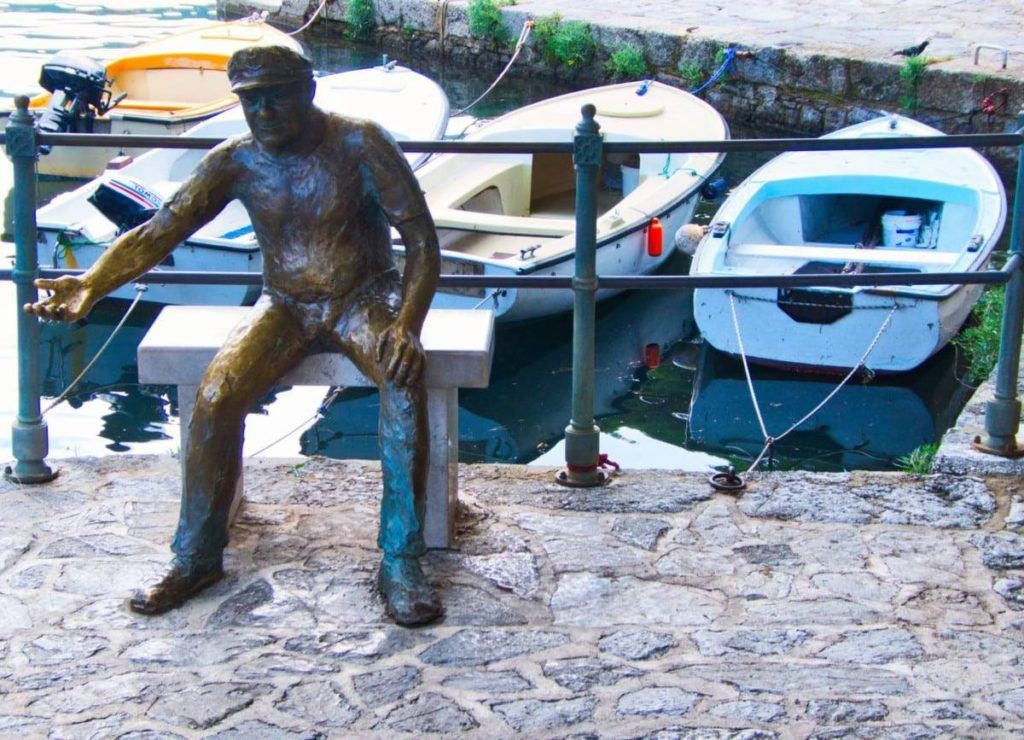
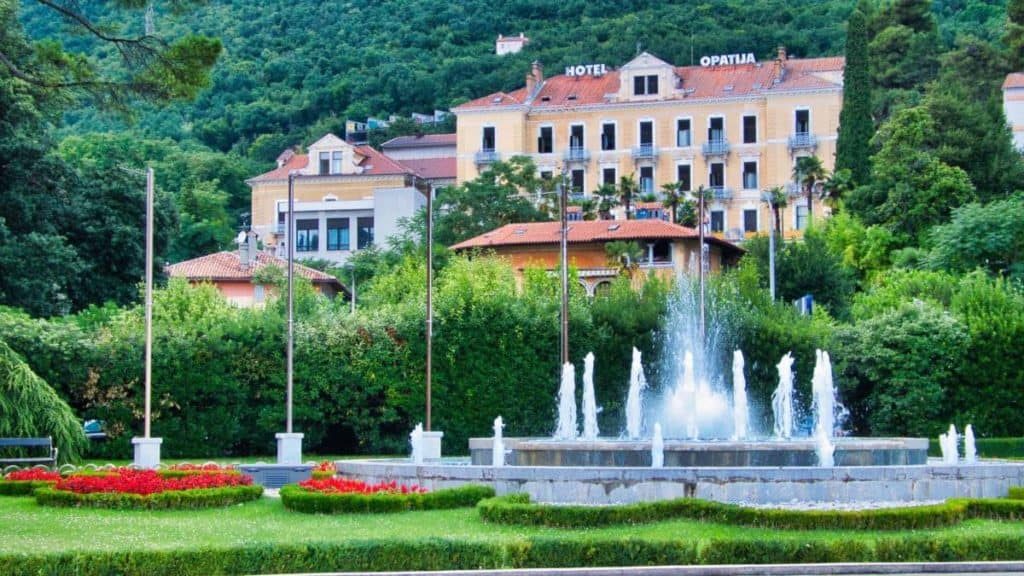
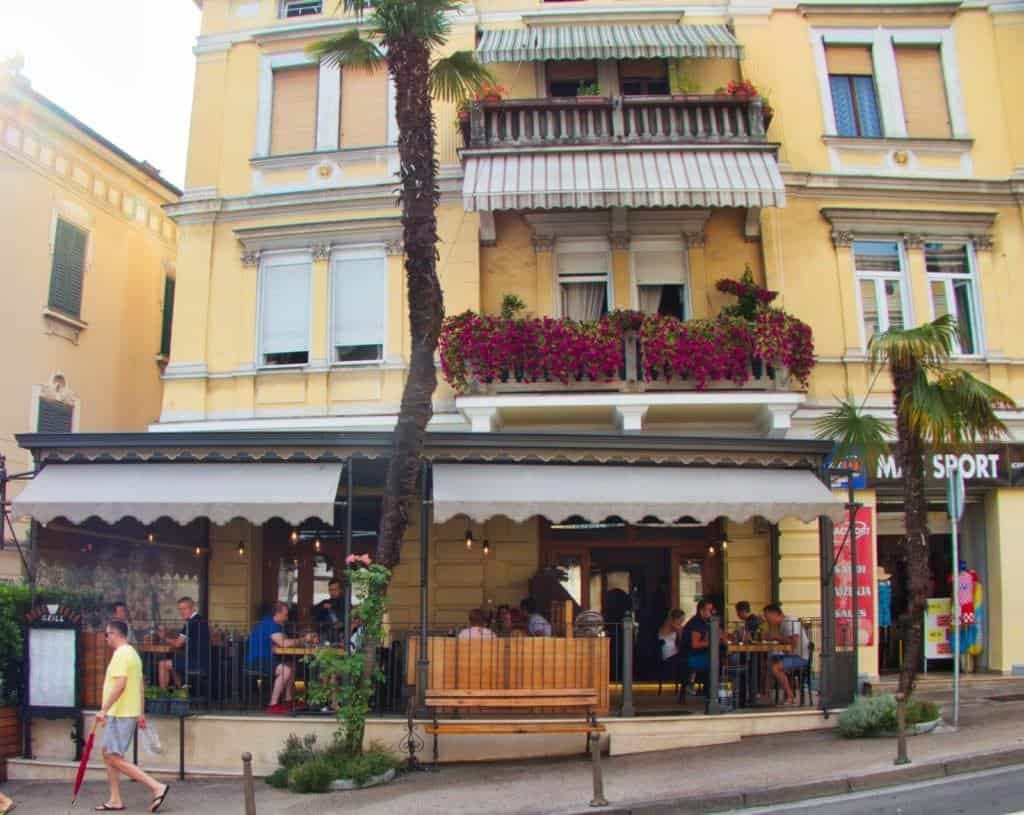
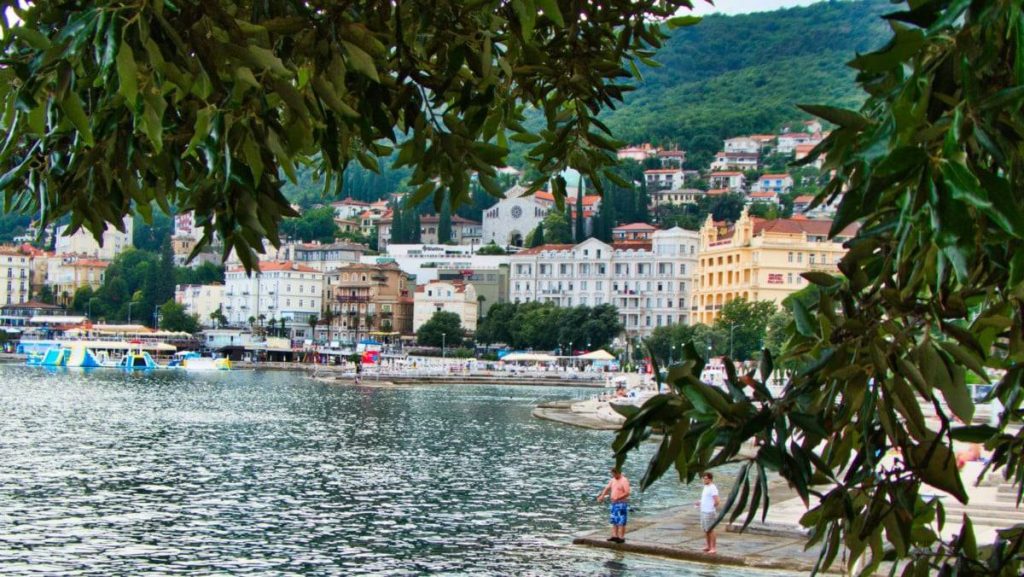

It’s so lovely of a post, most peoples search for a blog like this to get info, but yours really helps to all.
Glad you liked it Sly
Awesome and helpful post! Thanks for sharing this post. Nice tips shared
We are happy you found it helpful Shane.
Thanks Keith,
It’s really detailed and useful information for me. I am planning to visit 10 days to Croatia. Do you have local tour operator can take us to explore wonderful places nearby to make it memorable
Wow Deepak, 10 days in Croatia sounds great. We plan on going back. It’s such a nice country. We highly recommend Zico tours. Their web address is https://zico-tours.com/. I hope you have a great time!